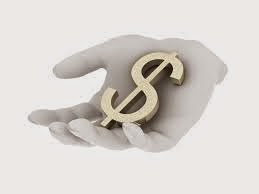Amid relatively light news, the US dollar is bid. The euro is back to the lower end of its range, straddling the $1.1300 area. The dollar is at eight-day bests against the yen near JPY119.50. Falling commodity prices, a soft New Zealand inflation expectations survey, and the prospects for additional easing by the Reserve Bank of Australia (March 3) and the Bank of Canada (March 4), are weighing on the dollar-bloc.Â

 Sterling is slightly softer as the MPC testify before the Treasury Committee. The message seems to be that prices pressures, though low now, can rise quickly when the drop in oil prices fall out of the year-over-year comparison. The short-sterling futures curve has steepened, with the implied yield of the back months rising more than the near months. Â
Several officials cited the widen trade deficit as a potential risk to sterling. The UK is widely expected to be the next major central bank after the Federal Reserve to hike rates. Although the market favors early 2016 as the BOE’s lift-off, there is still some risk it takes place late this year. Â
Federal Reserve Chair Yellen’s testimony today is anxiously awaited. The market read last week’s minutes dovishly. We think this was in error. Since the January FOMC meeting, a clear majority Fed speakers have kept a possible June rate hike on the table. The minutes did not really remove it. Â
We suspect that Yellen will emphasize the data dependency of monetary policy over a date specific commitment. Her testimony will likely set the framework of the March FOMC meeting. In order to keep a June hike possibility alive, the FOMC will drop or dilute its commitment to “patience”.  This word clue was defined by Yellen as two meetings.Â
There are a number of participants that expect a dovish tone from Yellen. They argue that the likely negative CPI year-over-year print (due Friday with the January reading), the slowing of the US economy and the weak global economy will stay the Fed’s hand. They also highlight the large long dollar position held by speculators.Â

